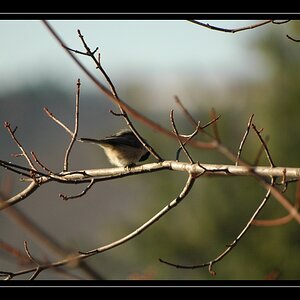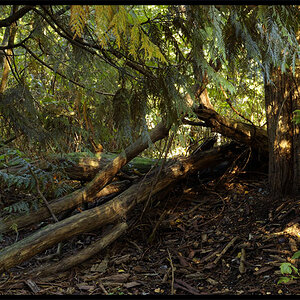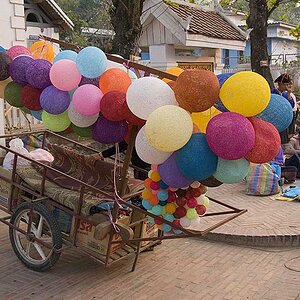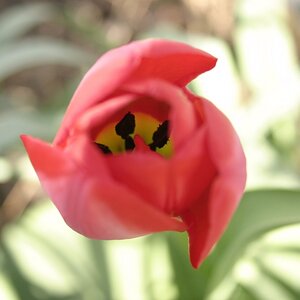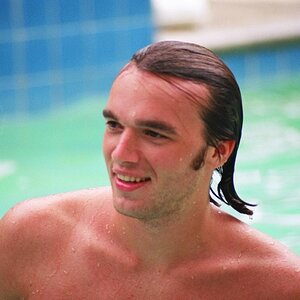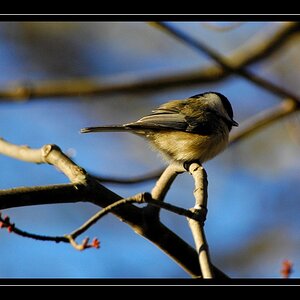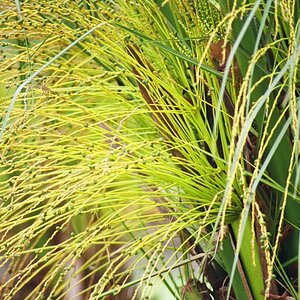Jeff Canes
No longer a newbie, moving up!
- Joined
- May 19, 2003
- Messages
- 6,194
- Reaction score
- 28
- Location
- Hollywood, FLA USA
- Website
- www.pbase.com
- Can others edit my Photos
- Photos OK to edit
I have a few 120 rolls of Rollei IR, the spec sheet recommends 400iso without a filter and 25iso with either the Kodak #88A or Heliopan RG715, big difference, I cannot find either of those filter in any size, did find IR filter but none are labeled as 88A or RG715 are they the same, would a 4x ND work, the last problem is the camera will be either a Rollie TRL or Hassy, so I will like shot out with the filter first


